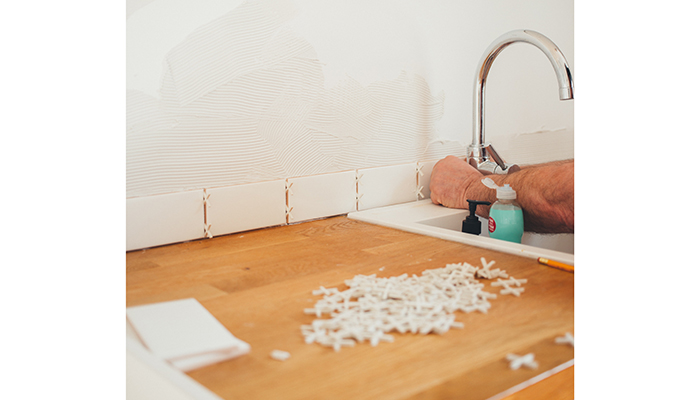Floor & wall tile market set to grow at higher than pre-pandemic rates

Floor & wall tile market set to grow at higher than pre-pandemic rates
According to a recent report from AMA Research, the floor and wall tile market is set to grow at higher than pre-pandemic rates. This is following a period of low growth pre-pandemic, influenced by poor consumer confidence and hesitant business investment following the 2016 Brexit vote, when the floor and wall tile market value dropped 9% in 2020. 2021 saw rapidly regained market value with growth of 8%. Continued growth is now expected at higher than pre-pandemic rates through to 2024.
The report reveals that the product breakdown for this market has remained relatively stable in recent years where ceramic and porcelain tiles continue to dominate the product mix, accounting for 78% of the market. Technological advancements are helping porcelain tiles retain market share. The development of continuous mouldless presses has enable to market to evolve in recent years. Also, the ability of high-quality digital printing, this especially popular to enable mimicking natural materials with stone and wood effects now being more realistic than they were just a few years ago. Which in turn allows manufacturers a significant reduction in turn around times.
When it comes to supply structure, the closure of UK tile manufacturers has resulted in a growth of imports. Traditional suppliers such as Spain and Italy are being challenged by growth in supply from further East, especially Turkey and India. With the UK’s significant levels of imports, the roles of intermediaries, such as agents, importer and distributors are more important than it is for other sectors of the home decoration market.
Laura Pardoe, product manager at AMA Research and editor of the Floor & Wall Tile Market Reports, said: “The UK floor and wall tile market has seen some dramatic change in recent years, particularly with the closure of BCT. Imported products are increasingly dominant, exposing the market to potential supply shortages if current shipping difficulties persist, and more vulnerability to exchange rates and competition from overseas demand. With average waiting times for fitting a new kitchen now around four months, it is possible supply of tiles may contribute to further delays and cost increases for the consumer.”
The report concludes that the improve-not-move trend of recent years is likely to underpin the steady demand for tiles in the coming years, coupled with the trend towards ‘getting someone in’ instead of a DIY approach for skilled trade work which appears to be increasing, the use of higher specification tiles is likely to also be a result.
Tags: industry, news, wall and floor tile market, ama research, laura pardoe, kitchens, bathrooms
Sign up to our newsletter
Crown Imperial – 5 ‘must have’ kitchen trends for 2026
Sun 21st Dec 2025

























